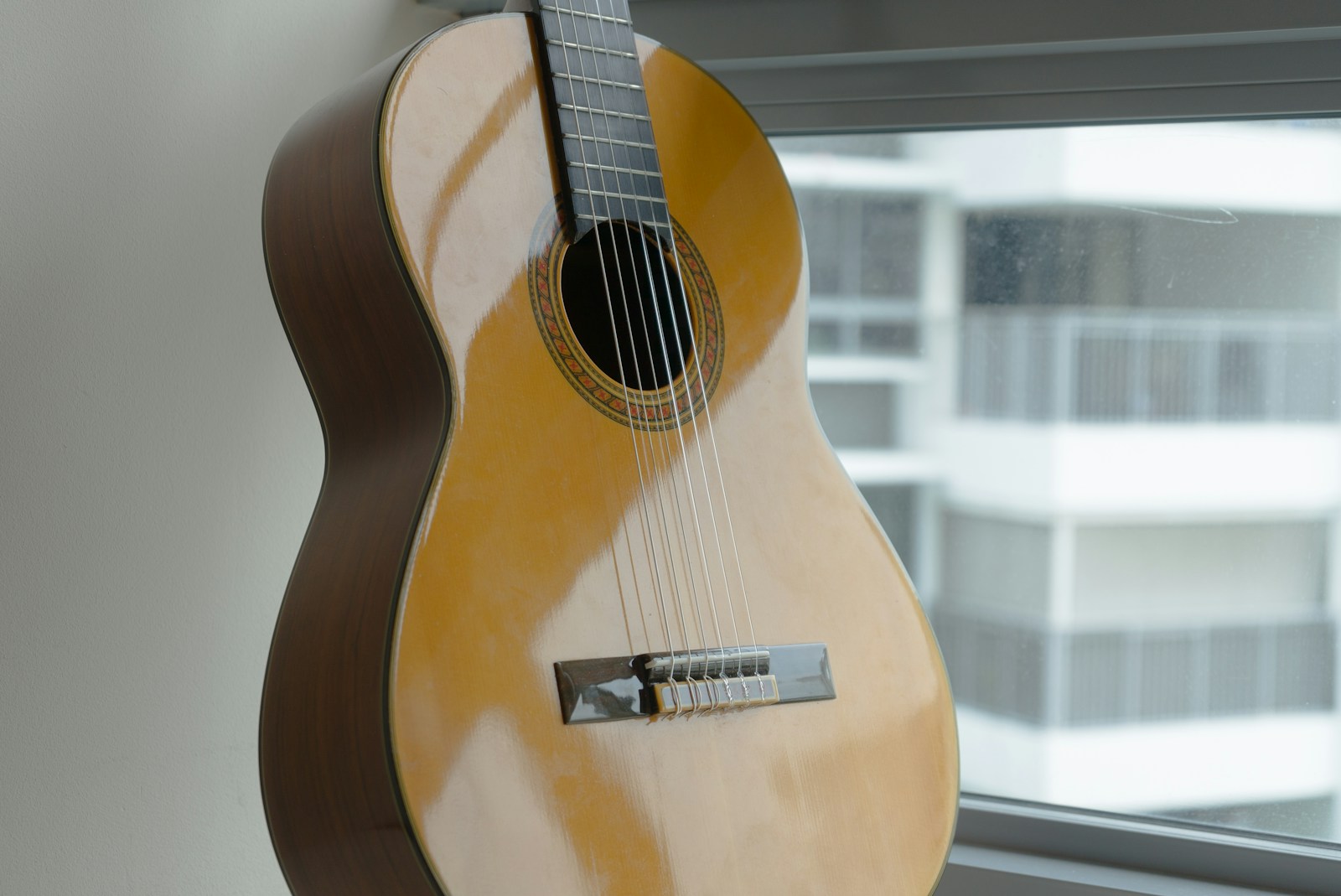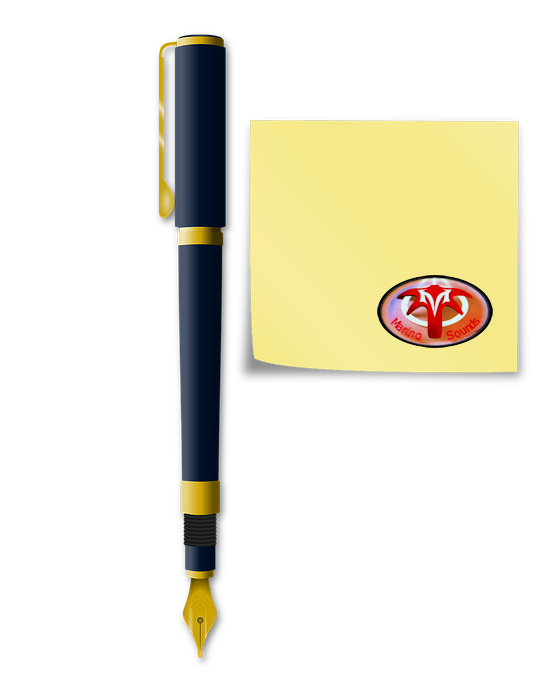 No matter your level of classical guitar playing Strumming Practicing The Guitar - Practicing the guitar takes time and dedication. Learning to play the instrument requires consistent practice, but it doesn't guarantee that you'll become a rock star. Nonetheless, with regular practice and skill development, you can still achieve proficiency. There are two methods to start strumming a guitar: using your fingers or using a pick. Find a… proficiency, it is always crucial to have a properly tuned classical guitar. This is especially important when playing an acoustic guitar How to Buy a Guitar - The guitar is known for its dynamic and unique sound, making it a popular instrument in various genres of music. Whether you're a beginner or someone with a growing passion for guitar playing, here are some top tips for buying a guitar: Seek out advice. Start by seeking guidance from someone you know who has… , as each string’s tone is quite prominent. There are numerous tuning variations for a guitar, but in this article, we will only cover Standard E tuning. In this tuning, both your high E and low E strings are tuned to the key of E, and all other strings are tuned accordingly.
No matter your level of classical guitar playing Strumming Practicing The Guitar - Practicing the guitar takes time and dedication. Learning to play the instrument requires consistent practice, but it doesn't guarantee that you'll become a rock star. Nonetheless, with regular practice and skill development, you can still achieve proficiency. There are two methods to start strumming a guitar: using your fingers or using a pick. Find a… proficiency, it is always crucial to have a properly tuned classical guitar. This is especially important when playing an acoustic guitar How to Buy a Guitar - The guitar is known for its dynamic and unique sound, making it a popular instrument in various genres of music. Whether you're a beginner or someone with a growing passion for guitar playing, here are some top tips for buying a guitar: Seek out advice. Start by seeking guidance from someone you know who has… , as each string’s tone is quite prominent. There are numerous tuning variations for a guitar, but in this article, we will only cover Standard E tuning. In this tuning, both your high E and low E strings are tuned to the key of E, and all other strings are tuned accordingly.
Quick String Order Reference: E A D G B E
Step 1: Tune your low E string to E
Unless you have an excellent ear for pitch, which most of us don’t, you will need a keyboard or pitch pipe to achieve this. The more you tune your guitar 5 guidelines in Mastering the Guitar - Mastering the guitar is undoubtedly one of the most captivating musical instruments we can encounter. If you have recently begun learning to play the guitar or have already mastered a song or two and aspire to become proficient, here are some tips to expedite your learning process and enhance your skills with the guitar. Choose… by ear, the easier it will become to get close to an E note without needing these devices.
Strike your open E string, and either play the lowest E note on the piano or use your pitch pipe to match the two tones. Once your E string matches a perfect E note, you can proceed to tune your guitar by ear.
Step 2: Tune the A string
- Press down on the 5th fret on the low E string
- Play the E string with your open A string
- You want the A string to sound the same as your fretted E string
- Adjust the A string as necessary to achieve the perfect tone
Step 3: Tune D String
Press down on the fifth fret on your A string Play the A string along with your open D string You want the D string to sound the same as your fretted A string Adjust the D string as necessary to achieve perfect tone
Step 4: Tune G string
Press down on the 5th fret on your D string Play the D string together with your open G string You want the G string to sound exactly like your fretted D string Adjust the G string as necessary to achieve perfect tone
Step 5: Tune B String
Press down on the 4th fret on the G string Play the G string along with your open B string You want the B string to sound the same as your fretted G string Adjust the B string as needed to achieve perfect tone
Step 6: Tune high E String
Press down on the 5th fret on your B string Play the B string with your open E string You want the E string to sound exactly like your fretted B string Adjust the E string as needed to achieve perfect tone
Tips:
- Use the tuning knobs at the top of your guitar to adjust string tone
- Turn knobs slowly while striking the strings you are currently tuning
- Use harmonics to check your tuning. The harmonic on your low E string at the 5th fret should match the harmonic of the A string at the 7th fret, and so on.
Manuel Marino is a seasoned Senior Producer, Music Composer, and Artist with over a decade of experience. He specializes in branded entertainment across various mediums, including video games, films, and advertising campaigns. With 20+ years as a game music composer, Manuel has worked on numerous platforms, creating diverse orchestral soundtracks. HIRE ME


 Manuel is a passionate, driven, and techsavvy AV technician,
Manuel is a passionate, driven, and techsavvy AV technician, 









